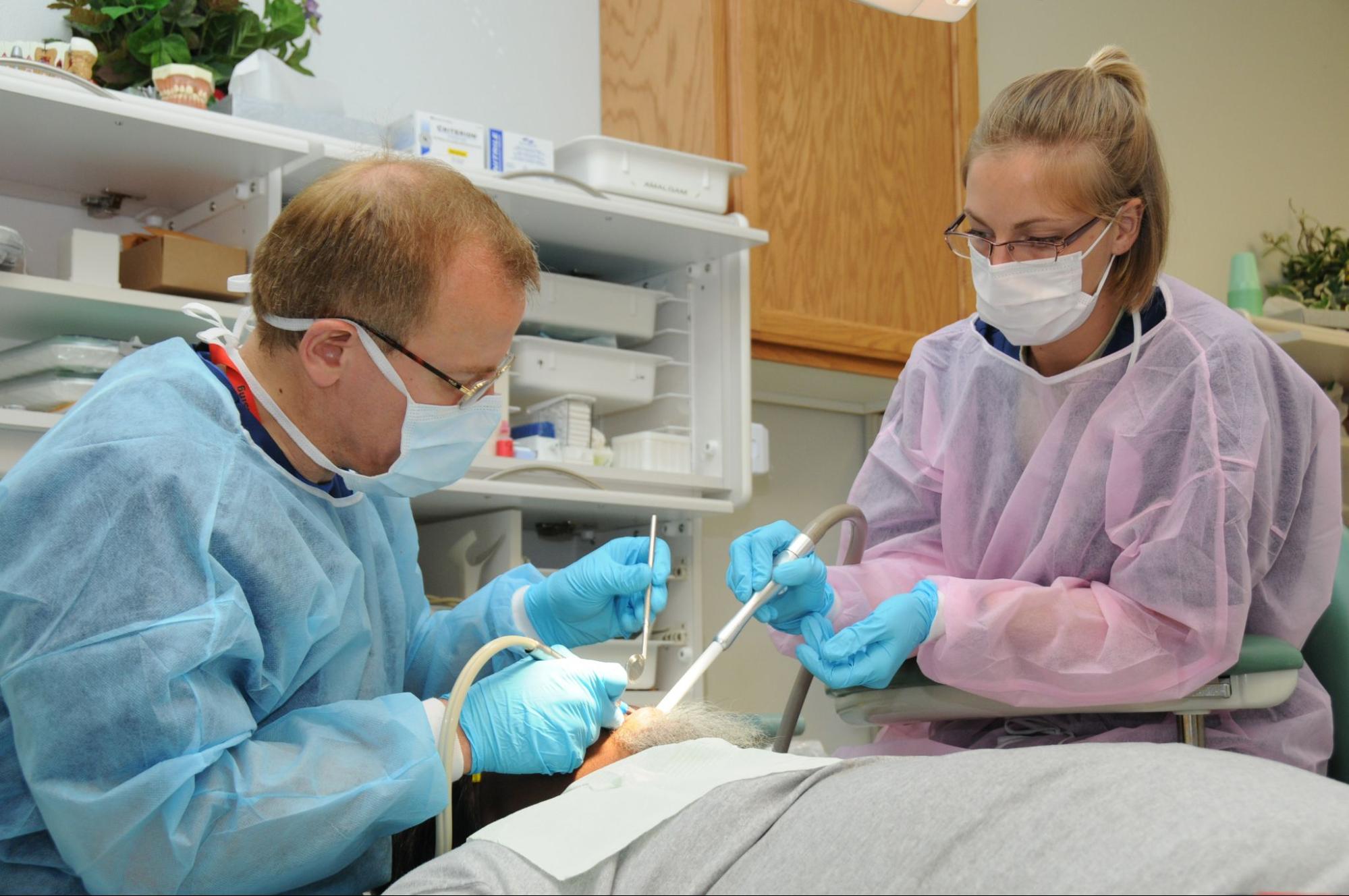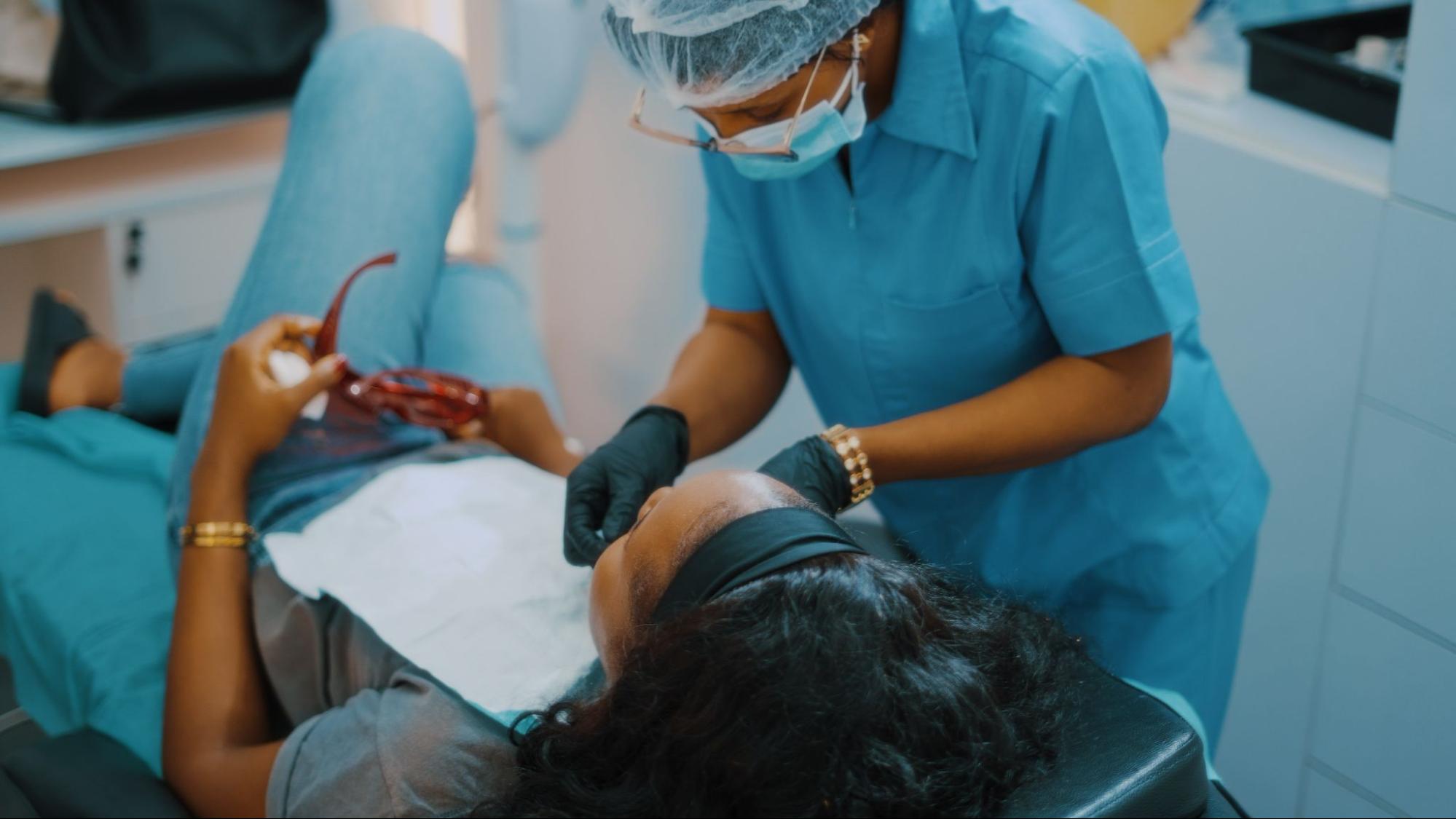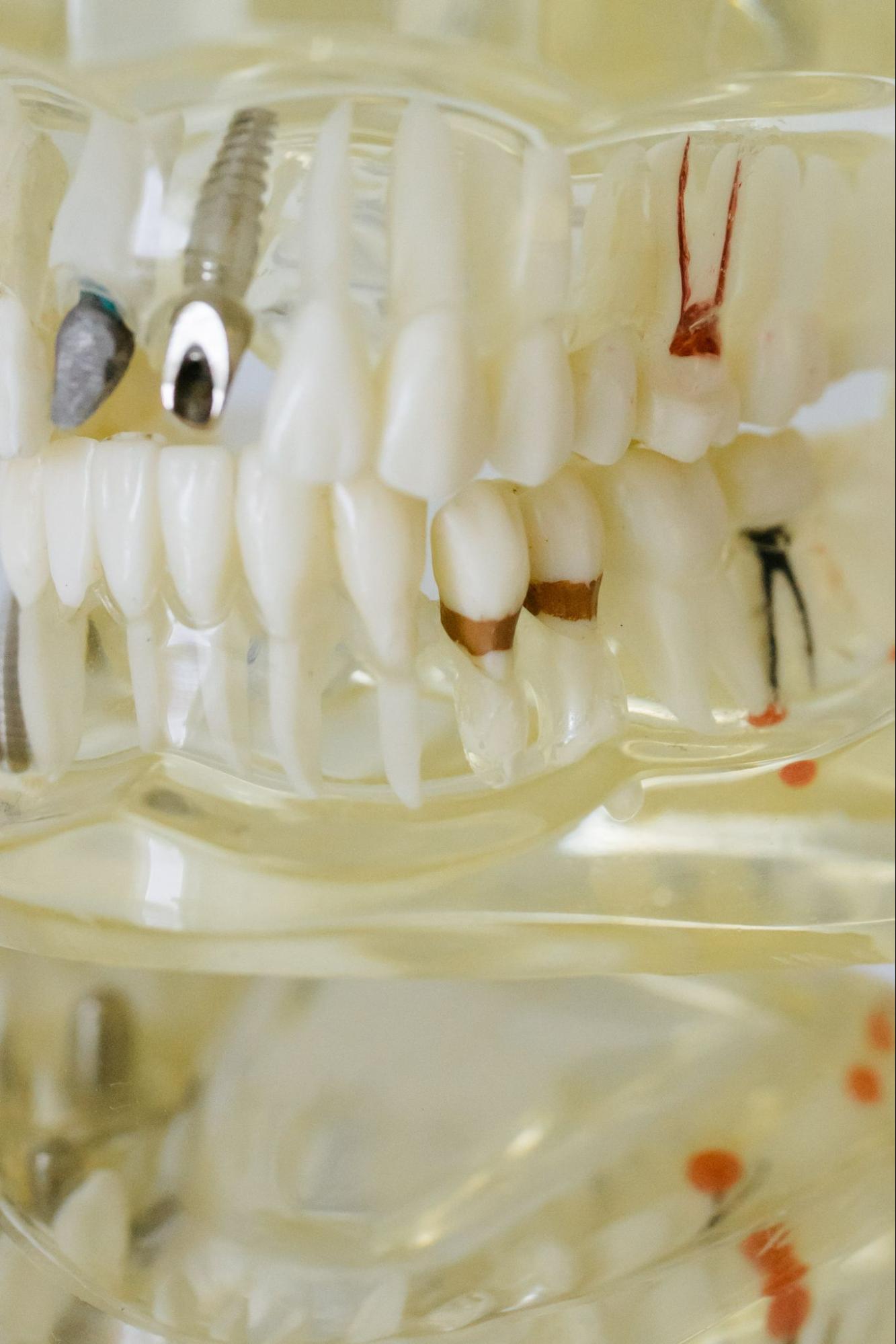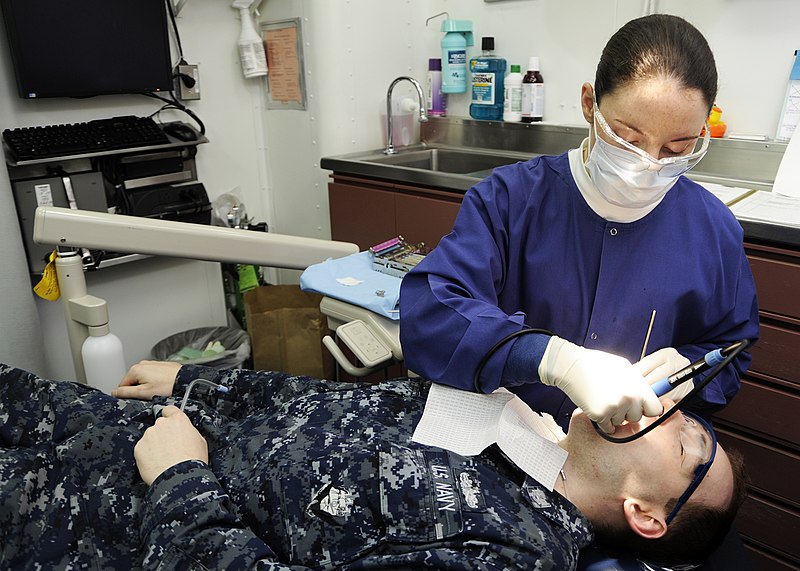9.3 Dental Hygienist
Brandon Censon MPH, CPH, RRT-NPS, CPFT, CPT

Dental hygienists are essential members of the dental care team. They spend significant time with patients and play a key role in the prevention and treatment of oral diseases, helping to protect the overall health of patients. Each state stipulates the scope of practice, or the range of services that dental hygienists are allowed to perform.
Generally speaking, dental hygienists may perform the following tasks:
- Conducting oral health assessments (including the patient’s health history)
- Charting on dental health
- Evaluating gum health and disease
- Obtaining dental X-rays
- Implementing parts of the treatment plan
They also perform various dental care procedures, such as
- Scaling the gums to remove plaque and calculus (also called tartar) from the gum line
- Routine polishing of the teeth
- Applying anti-cavity agents such as sealants and fluoride to the teeth
- Applying local anesthetics and nitrous oxide to patients prior to dental procedures
- Providing patient education on proper oral care
- Developing at-home oral care programs
Dental hygienists work in a variety of settings, including private dental offices, schools, public-health clinics, managed care organizations, and correctional institutions. In addition to clinical roles, dental hygienists can pursue administrative careers as educators, researchers, or administrators.

Academic Requirements and Career Pathway
The minimum education required to become a dental hygienist is an associate degree. However, earning a bachelor’s degree or other advanced degrees can help individuals advance their careers and potentially earn a higher salary. The registered dental hygienist (RDH) credential designates a dental hygienist as a licensed oral health professional. While state regulations and requirements may vary, a dental hygienist typically must graduate from an accredited dental hygiene program and pass a national written examination. Once the RDH credential is obtained, the dental hygienist must then seek licensure in the state where they wish to practice.
One important trait of a successful dental hygienist is being detail-oriented. Dental hygienists work in small, delicate spaces, and even the slightest touch or probe against a sensitive tooth can cause significant pain for the patient. Dental hygienists should also be passionate about oral health. This can be very helpful to patients in promoting good oral health and oral hygiene. Promoting good oral hygiene and modeling positive oral practices can significantly improve patient compliance and adherence to recommended care. Good communication skills are another essential trait for dental hygienists. They need to engage effectively with patients from diverse backgrounds, ensuring that important information is conveyed clearly and that they understand the patient’s needs. Being a good listener is also crucial for understanding patient needs and concerns.
According to the American Dental Hygienist Association (ADHA, n.d.), most dental hygienists work in private practices performing traditional clinical hygiene duties. For those looking to advance their careers, obtaining additional licensure (such as for local anesthesia) or earning an advanced degree can provide new opportunities. These advancements can lead to a broader scope of practice, roles as educators or researchers, or even positions in corporate sales. Currently, there are 51 bachelor’s degree programs and 17 graduate degree programs specifically focused on dental hygiene (ADHA, n.d.).
Disease Dissection: Periodontal Disease
Periodontal disease is a common condition encountered in dental care. According to the Centers for Disease Control and Prevention (CDC, 2018), nearly 50% of adults 30 and older have some form of periodontal disease, and this number increases significantly with age.
Periodontal disease develops when the tissue surrounding the tooth becomes infected and inflamed. Bacteria in the mouth form a film around the tooth, known as plaque. As the plaque hardens, it turns into tartar. As tartar builds up, it can spread below the gum line, making it increasingly difficult to clean the teeth. Several risk factors increase the likelihood of developing periodontal disease, including smoking, diabetes, poor oral hygiene, genetics, and medications that cause dry mouth.
Prevention of periodontal disease is essential. Brushing and flossing daily help remove bacteria that can cause infection and inflammation of the gums. Regular visits to a dental professional are also essential for maintaining oral health.

A Day in the Life of a Dental Hygienist

No two days are the same when working as a dental hygienist, which makes this career both fun and rewarding. A typical day begins with a quick review of the patient schedule, which informs the dental hygienist of the procedures they may need to prepare for and the equipment required throughout the day.
After reviewing the schedule, the dental hygienist will check each patient’s dental records, noting who will need X-rays, fluoride treatments, or a specific type of cleaning. This step also allows the hygienist to refresh their memory on any important health information that may impact the care they provide.
Next, the dental hygienist prepares the treatment rooms. This includes assembling necessary equipment such as polishers and oral suction devices, placing headrest covers on dental chairs, and setting up patient trays with the instruments needed for a routine dental cleaning. The hygienist also ensures that cleaning and sterilization equipment is operational.
Once a patient arrives, they are greeted in the waiting room and escorted to the dental room. There, the dental hygienist will verify the patient’s name and date of birth and ask about any updates or changes to their overall health. If there are any changes, the dental hygienist will update the patient’s records accordingly. Once the patient is comfortable, the dental hygienist begins working on the patient’s plan of care, which may include a routine cleaning, a deep cleaning, or assisting the dentist with other procedures as needed.
Attributions
- Figure 9.3: Dental Cleanings at Keaau Clinic by PANationalGuard is released under CC BY-NC-ND 2.0
- Figure 9.4: image released under the Pexels License
- Figure 9.5: image by cottonbro studio is released under Pexel
- Figure 9.6: US Navy 101115-N-3705H-125 Hospital Corpsman 3rd Class Jodie Stump performs a routine teeth cleaning on a patient in the dental department aboard t.jpg by United States Navy in the Public Domain
Refers to a list of work that the dentist has identified as necessary to maintain good dental health. The plan is created as a result of the various diagnostics that were performed as part of the patient evaluation or assessment.
Is a procedure that is used to remove plaque, calculus, and stains from the surfaces of the teeth.
A sticky, film that contains saliva, food, and bacteria that adheres to the tooth surface above and below the gum line. When this material is left on the tooth it can result in gum disease and decay.
Also known as Tartar. A hardened deposit on the teeth resulting from untreated dental plaque, often leading to oral health issues if not removed through professional cleaning.
Also known as Calculus. A hardened deposit on the teeth resulting from untreated dental plaque, often leading to oral health issues if not removed through professional cleaning.

